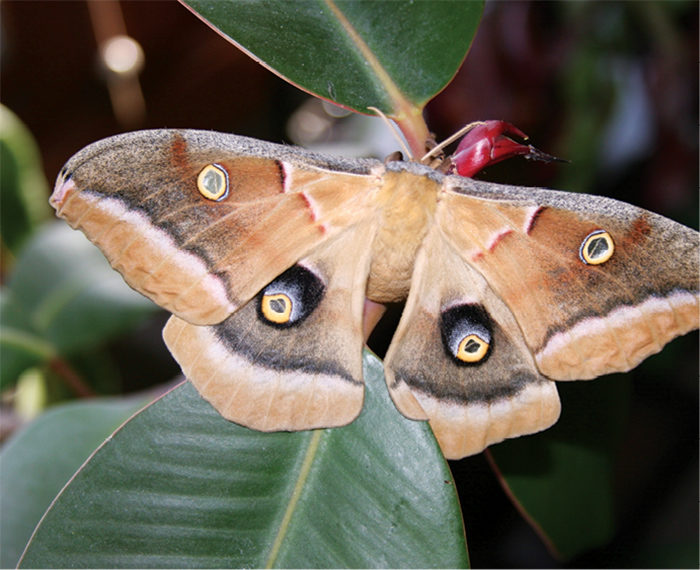No-Till Farmer
Get full access NOW to the most comprehensive, powerful and easy-to-use online resource for no-tillage practices. Just one good idea will pay for your subscription hundreds of times over.

For every yield-robbing pest no-tillers know of in a field, there are 1,700 insect species that are beneficial or neutral to their farm.
On every farm, insects form the basis of complex food webs and provide services to farmers. Insects feed wildlife. Others like dung beetles return nutrients to the soil, and still more regulate herbivores or shape the dispersion and density of plant communities.
Jonathan Lundgren, CEO of Blue Dasher Farm in Brookings, S.D., says farmer decisions about managing pests shouldn’t come at the expense of “friendlies” in cropland, since they save farmers billions of dollars each year by killing crop pests, eating weed seeds and pollinating crops.
“We can’t live without them,” says Lundgrena, a former USDA researcher in South Dakota. “And you can use these insects as tools.”
One major role that beneficial insect communities play is as predators of harmful crop pests, such as corn rootworms and aphids.
In the “South Dakota Corn Insect Survey” project completed in 2010 and 2011, USDA and South Dakota State University researchers searched through 53 different fields across eastern South Dakota where non-Bt corn was growing and found more than 91 species of insects in untreated fields. A few were harmful crop pests, but 93% of species were not and 87% of the insects weren’t even…